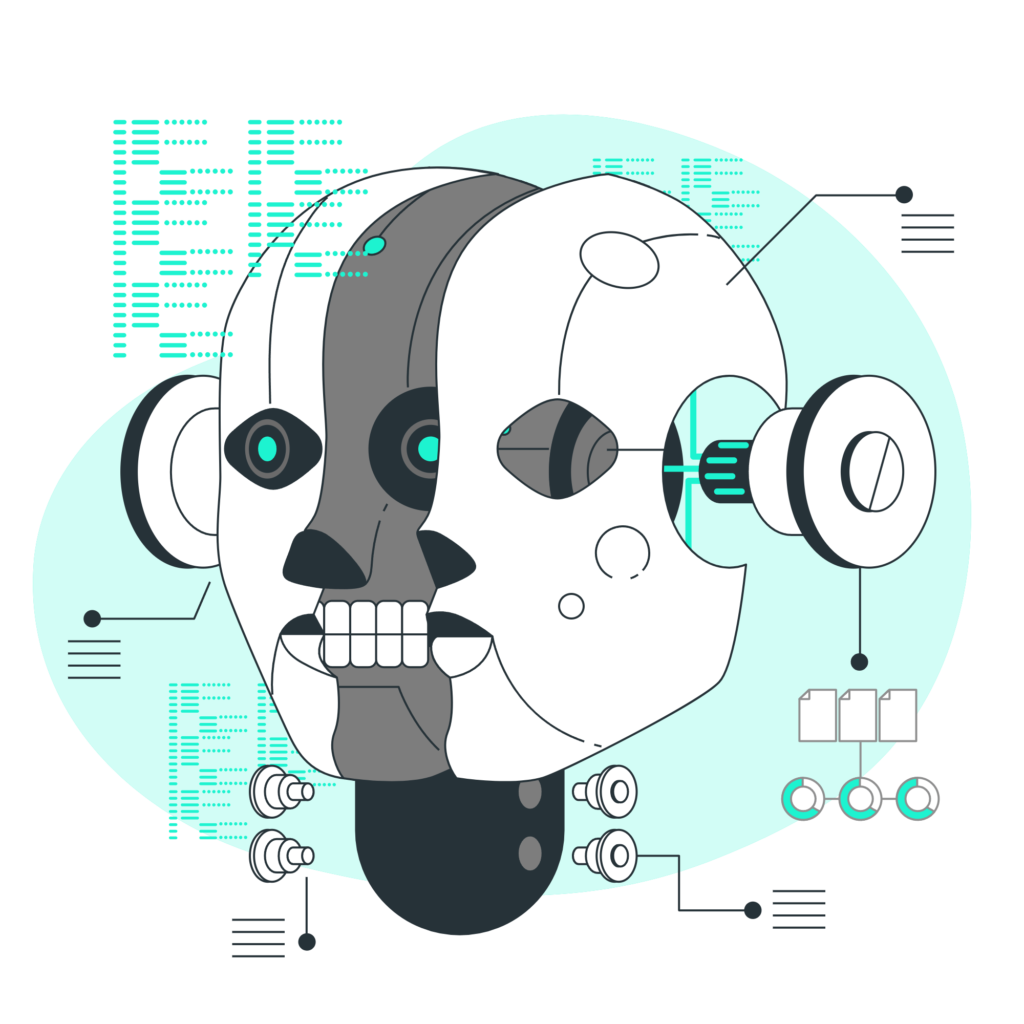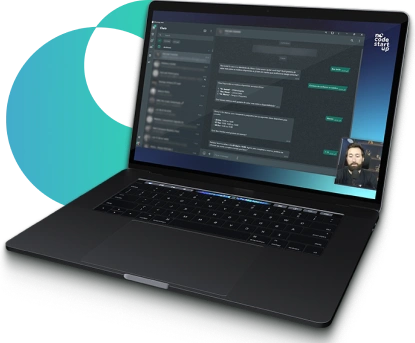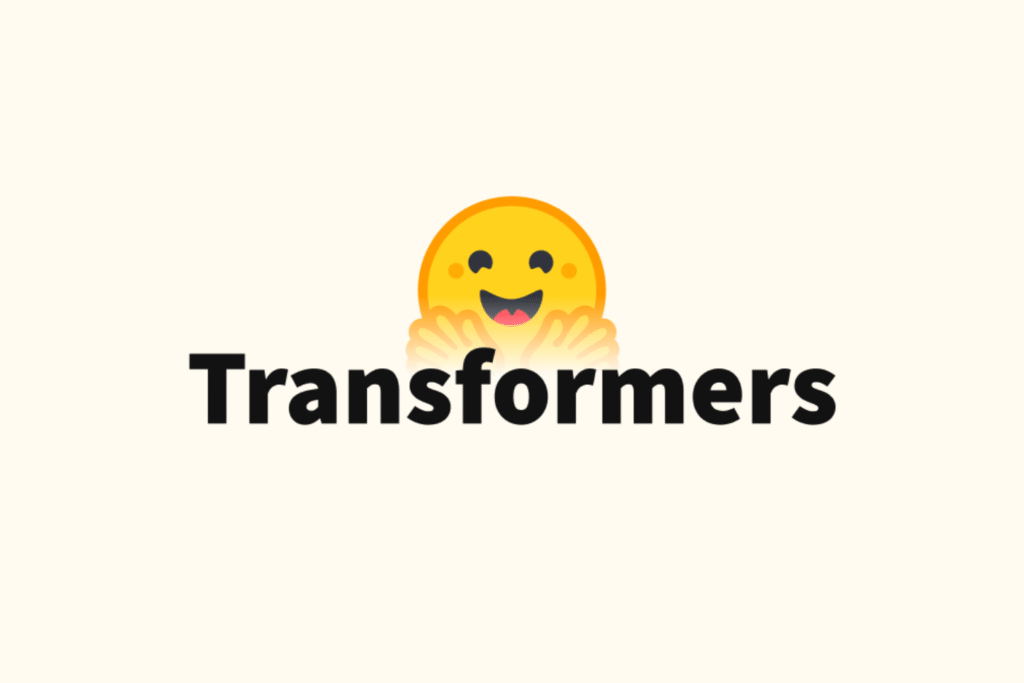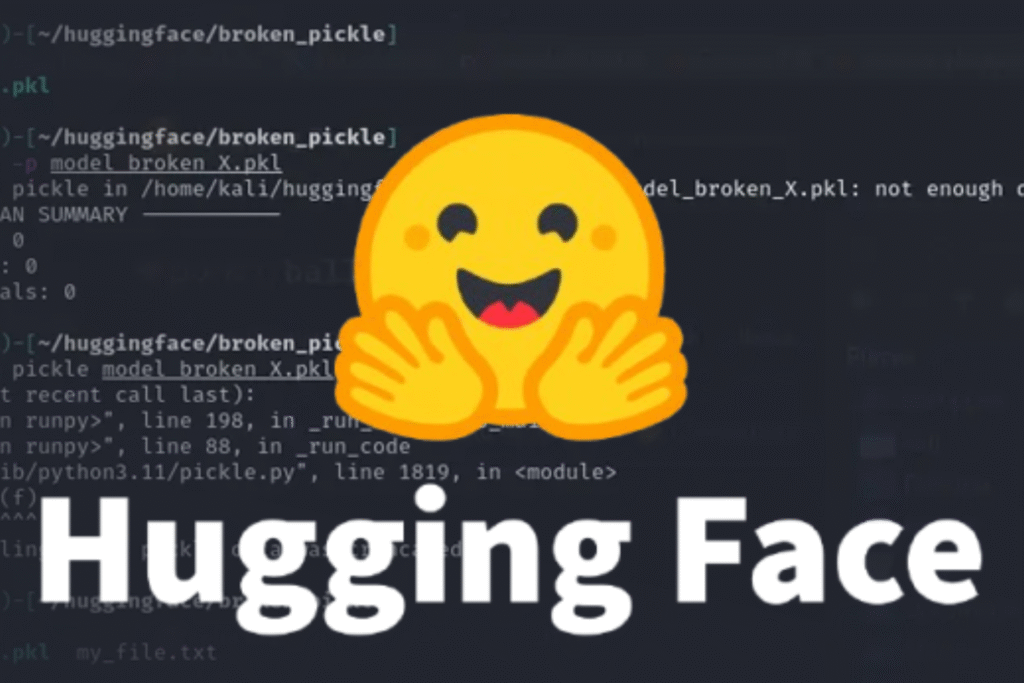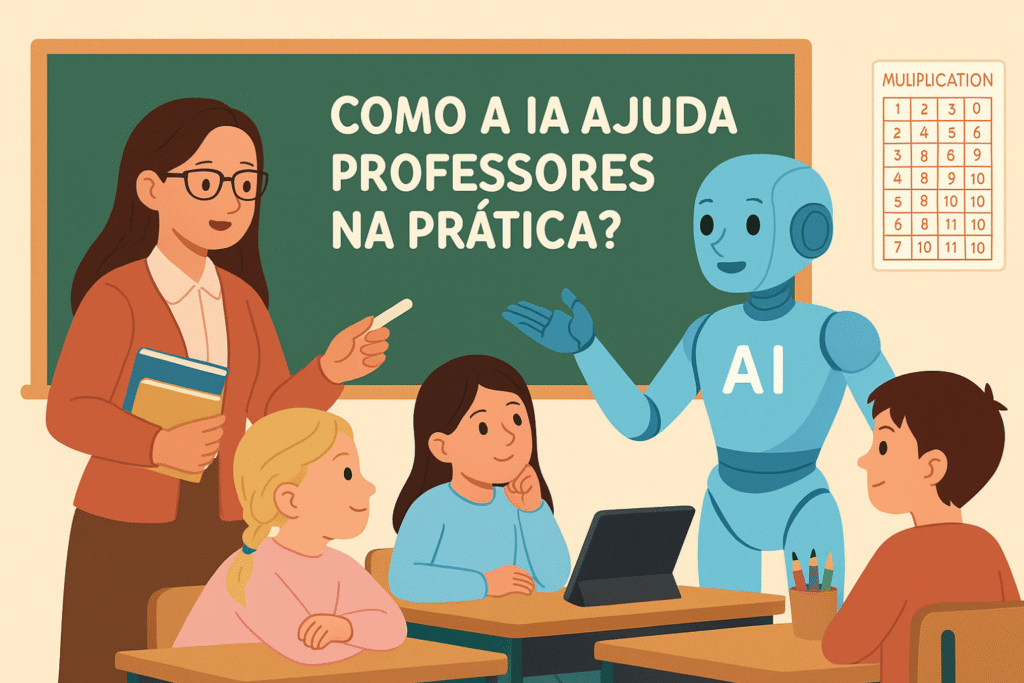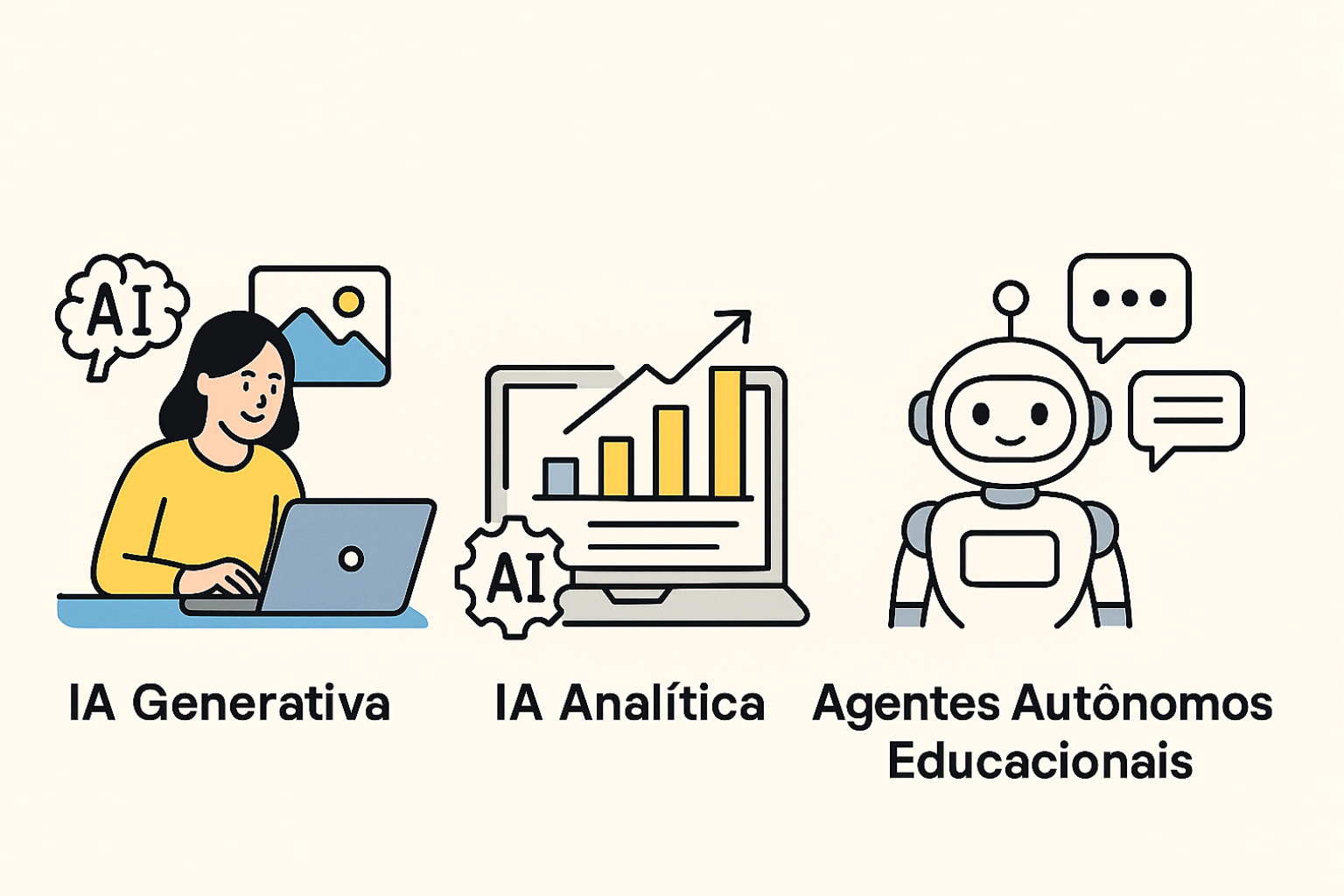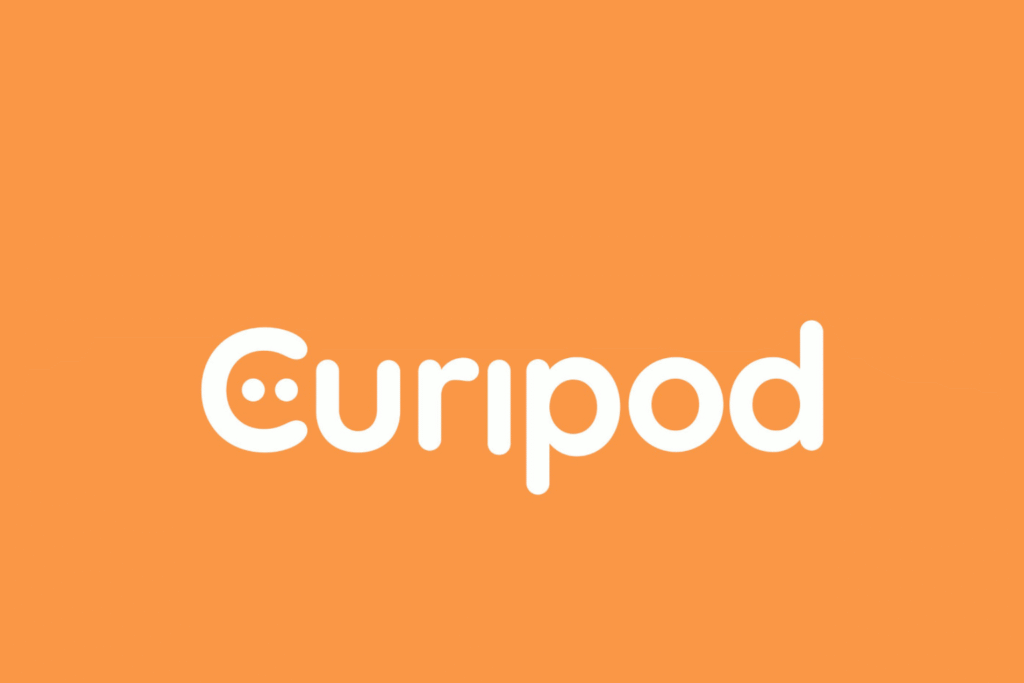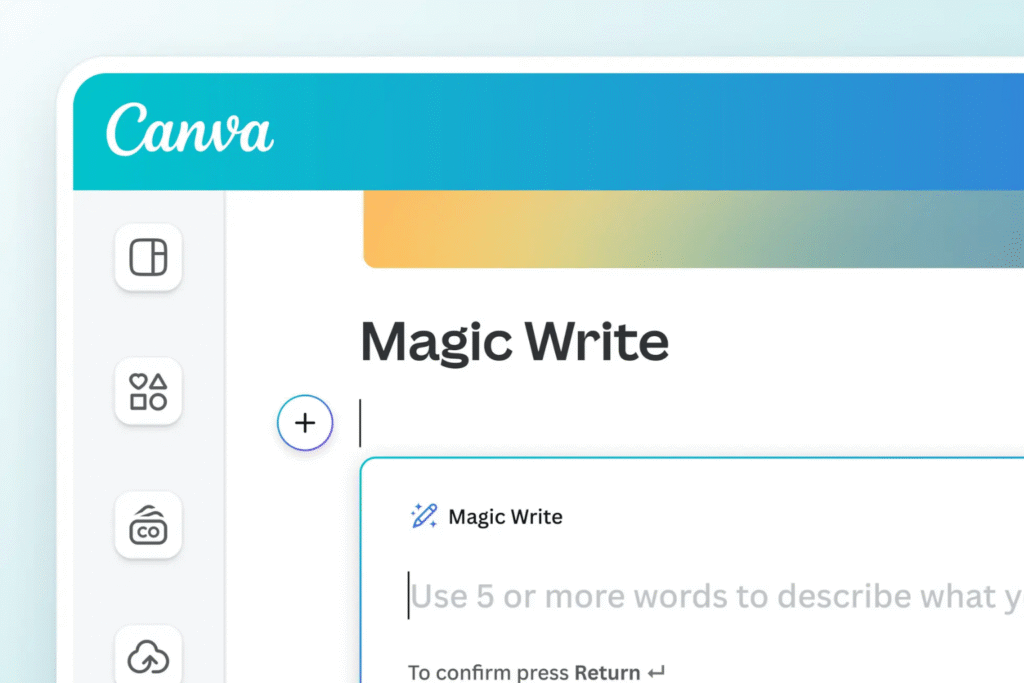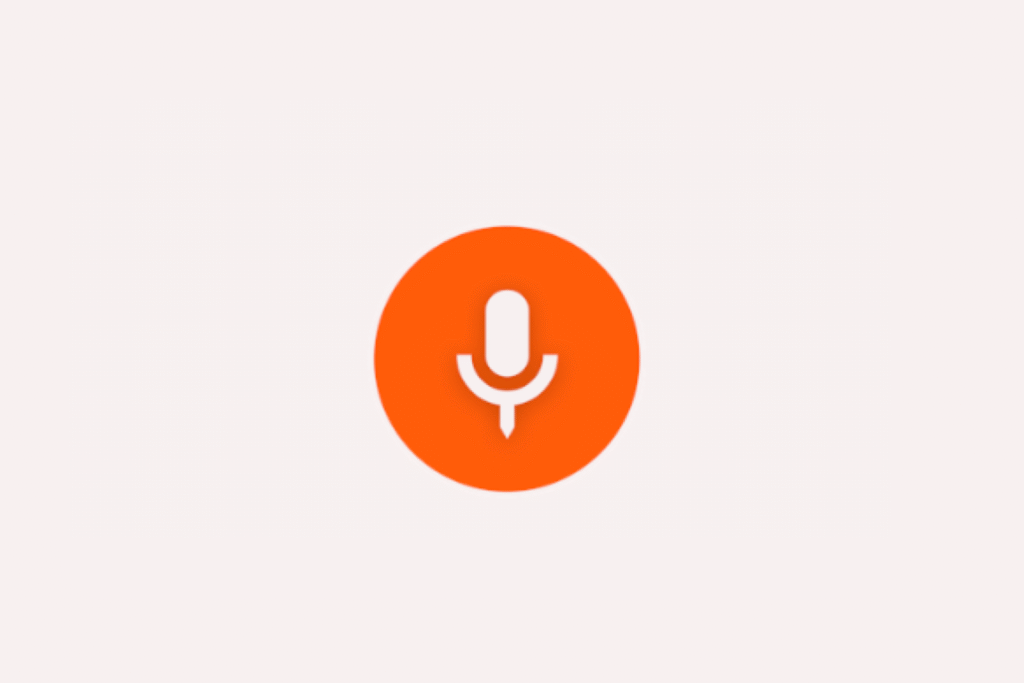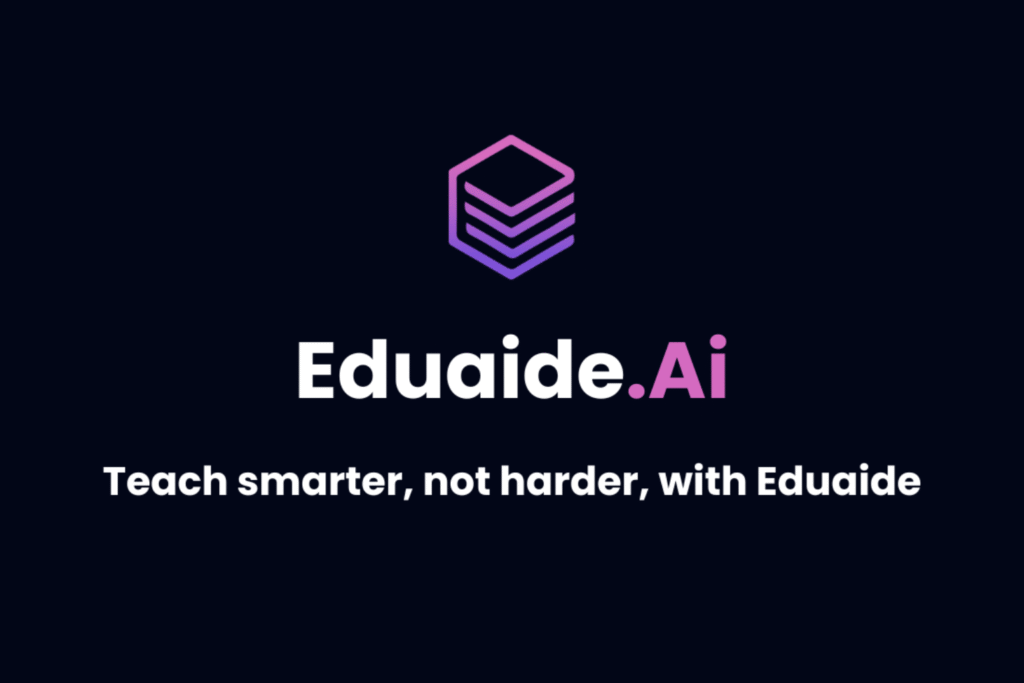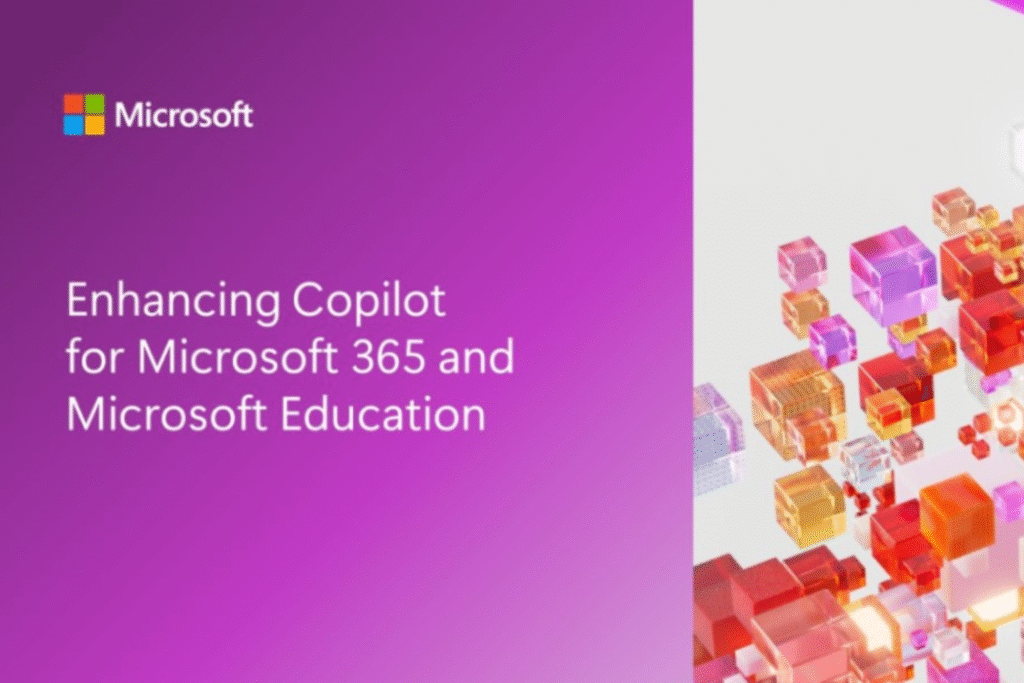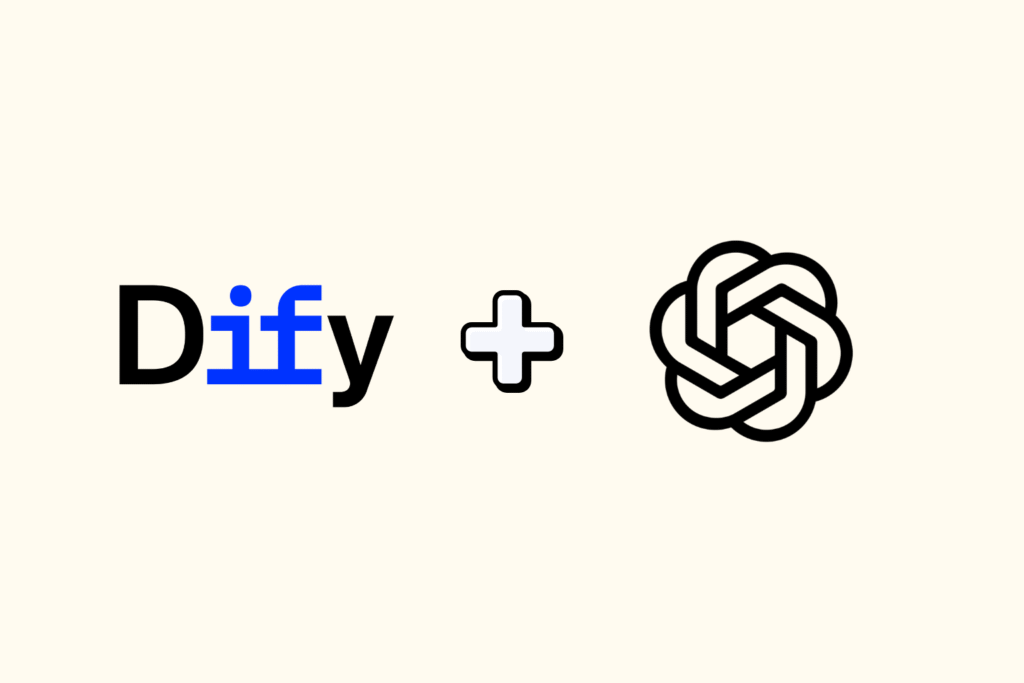no-code is a form of programming that has already revolutionized the development area. Now, imagine what it can do when combined with Artificial Intelligence (AI)?
no-code is a method that allows anyone to create incredible projects, without needing to know how to program.
Thus, it is possible to become a application developer using intuitive and visual tools that simplify and automate the creation process.
AI is the most talked about technology at the moment, which has arrived to change our relationship with machines, capable of performing tasks that would normally require human intelligence, such as recognize images, speak, learn and solve problems.
And as expected, there are already tools that combine the best of both worlds. That’s what we’re going to talk about in this content!
If you want to see our updated video of the best tools, just go here:
Are you curious? Do you want to know how Artificial Intelligence can help you create incredible projects without having to program?
So don't waste time and check out the best artificial intelligence tools to do a no-code job.
Table of Contents
What are the best AI tools for no-code?

There are several Artificial Intelligence tools that facilitate codeless development. But it is important to highlight that its use must be done with caution.
Remember that although AI systems are very advanced, they are still susceptible to failures. Therefore, we recommend a careful look and constant revisions during the process.
Now that you know that, let's get to the point? Discover some of the best generative Artificial Intelligence tools for no-code:
ChatGPT (Open AI)
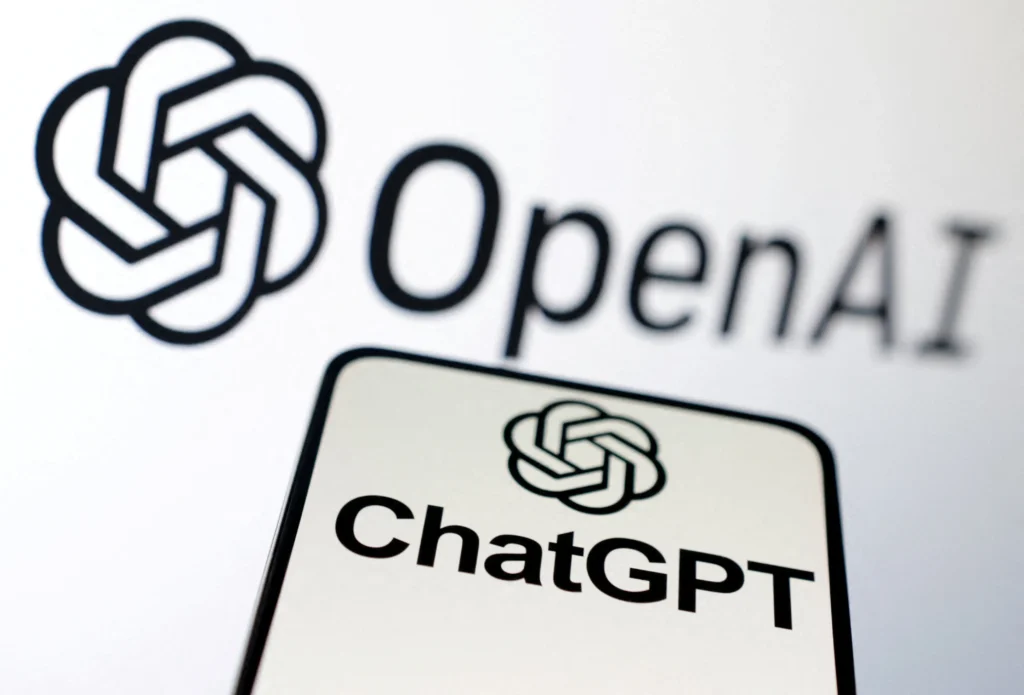
It is a language model developed by OpenAI, capable of generating texts, based on the context and previous conversations. You can use it to help build content.
Imagine that ChatGPT is an ally to provide ideas and topics, suggest modifications to the text and even review grammar.
To make money with the help of the tool, you can offer services such as:
- Creation of content for social networks;
- Copywriting;
- Business consultancy.
Gemini (Old Bard)
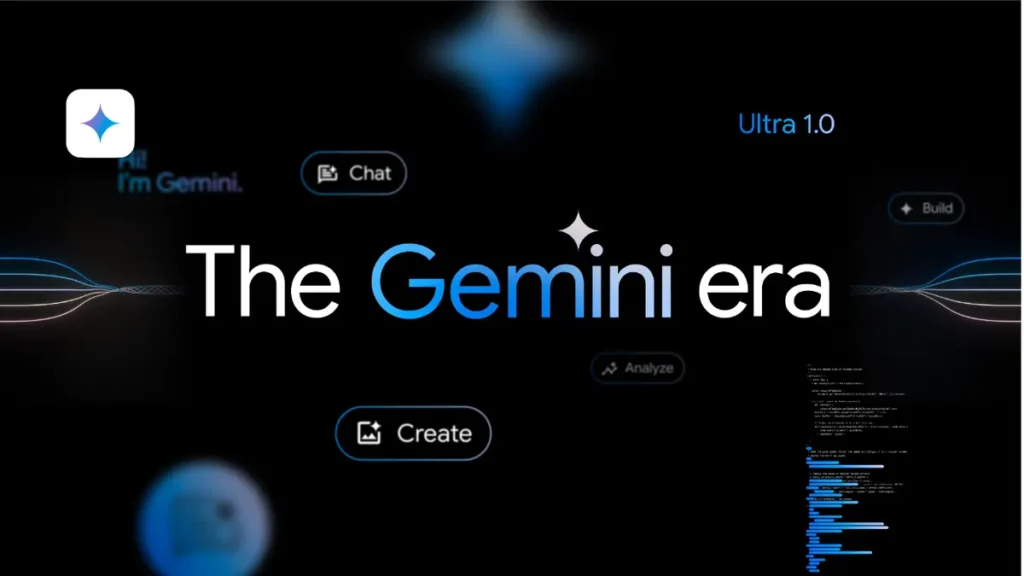
It is an experimental technology from Google that enables collaboration with generative AI. Bard is considered a great tool for brainstorm and accelerate productivity.
Its biggest difference is that it is connected to updated information on the internet, unlike ChatGPT, which only presents data up to January 2022.
With Bard, you can generate texts for various purposes, such as creative writing, marketing, education, and entertainment. To earn money with the tool, you can incorporate it into providing services, such as:
- Creation and sale of original content;
- Text-based learning or entertainment solutions;
- Creation and monetization of applications that use Bard as a resource.
Dall-e (Open AI)

It is an AI system that can create realistic and artistic images from a natural language description. With it, it is possible create logos, comics, photorealistic scenes and much more.
Simply put, Dall-e is like an artist who will transform your words into images, using a large set of text-image data. To earn money with its help, you can offer services such as:
- Graphic design and illustration;
- Animation and digital art;
- Editing or manipulating images.
Leonardo AI
It is also a platform aimed at generating images, which allows create visual arts.
Its main difference compared to Dall-e is that it offers a greater variety of pre-trained or customized AI models, which can be adjusted according to user preferences.
With Leonardo AI, you can explore different styles, genres and applications and thus join a community of more than 4 million creators. Check out some services that can be done with the tool to earn money:
- Creation and sale of visual assets for your projects;
- Image editing;
- Creation and monetization of applications that use Leonardo AI as a resource.
Eleven Labs
It is a very powerful free online tool, but it should be used with extreme caution. Allows create realistic AI voices, in any language, for various purposes, such as video, games, audiobooks and chatbots.
You can convert text to speech, clone your voice, find and share voices, and use advanced features like text-inserted projects and pauses. See some services that can be offered to earn money using the tool:
- Creation and sale of audio content;
- Video narration for social networks;
- Dubbing or voice change.
HeyGen
It is a tool that turns text into videos with AI-generated avatars and voices. Think of it as a producer who will help you create high-quality videos easily and quickly. Opportunities to make money with HeyGen include:
- Creation and sale of high quality videos;
- Video production or editing;
- Creation and monetization of applications that use HeyGen as a resource.
Voiceflow
It is the collaboration tool through which AI teams design, prototype, and launch conversational experiences.
That is, it is a chatbot and voice assistant developer that will help you create incredible conversational experiences for different platforms and customers.
To make money with Voiceflow, you can offer the following services:
- Development, integration or consultancy of chatbots and voice assistants;
- Training or teaching how to use Voiceflow to create conversational experiences;
- Creation and monetization of applications that use Voiceflow as a resource.
It is worth highlighting that it is possible to create and monetize applications that use all of these tools as resources. To do this, you need to understand how to do extra income online creating apps.
Advantages of AI for No-Code Developers
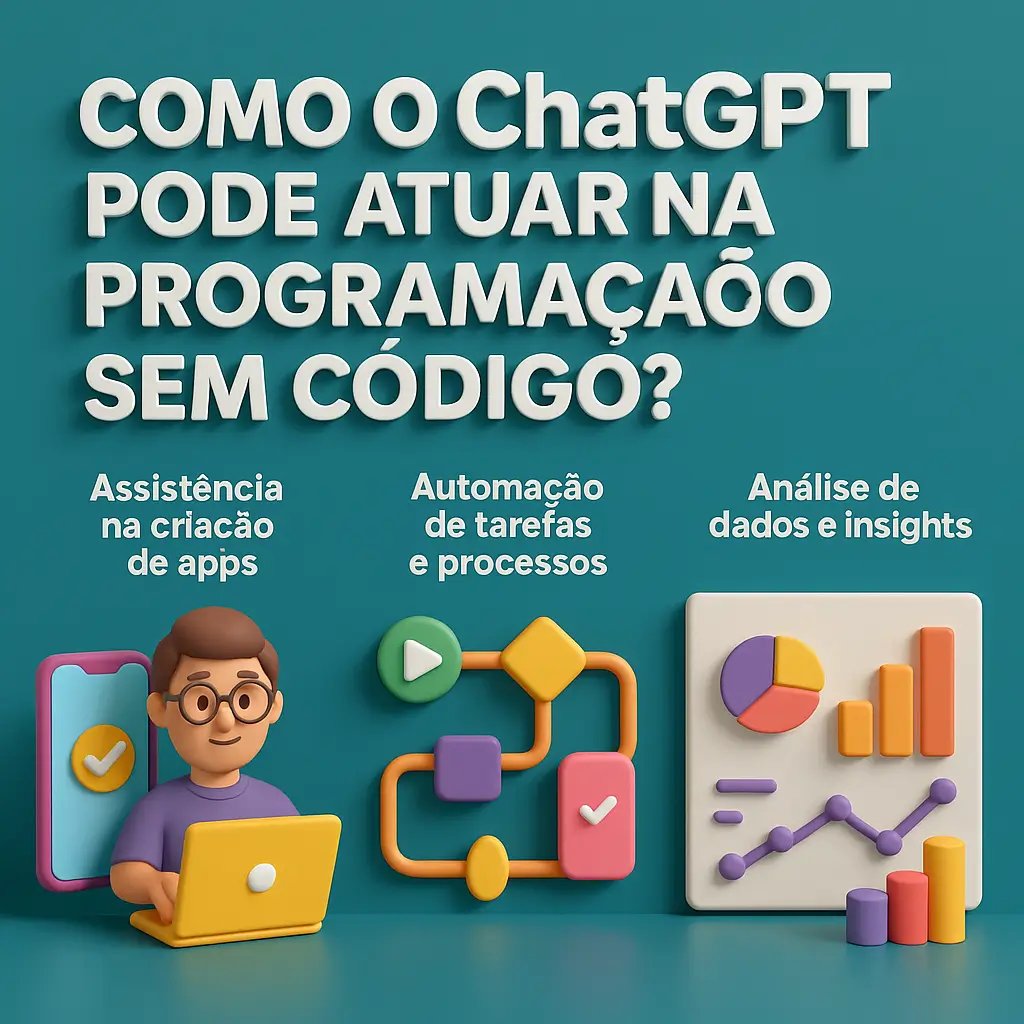
Now that you know the main Artificial Intelligence tools, you may be wondering what advantages they can bring to your work? In this topic, we will show the benefits of using AI:
Time saving
One of the main advantages of using Artificial Intelligence is save a lot of time. You can create projects in minutes or, at most, hours instead of days or weeks.
With AI, you don't have to worry about syntax, bugs, testing, and code maintenance. You can fully focus on your idea and put it into practice quickly.
Quality improvement and error reduction
Another advantage is that Artificial Intelligence makes it easier for the developer to achieve a higher quality in your work.
Think about it, with AI, you can count on the help of the machine, which learns from the data and constantly improves itself. That way, we avoid human errors, inconsistencies and failures.
Increased productivity
Without a doubt, with AI it is possible create more, in less time and this is an excellent advantage when we talk about productivity.
This is because you can also automate processes without knowing programming, such as data collection, cleaning and analysis. Furthermore, it is possible scale your project easily, without needing more resources.
Innovation opportunities
Artificial Intelligence also can open up new opportunities for innovation. With it, it is possible to combine different tools, data and resources to create unique and original projects.
With the time you'll save without having to worry about coding, it's easier to solve complex and challenging problems.
Makes learning easier
Another advantage of Artificial Intelligence is that it can make learning easier. Imagine that you are taking a programming course and need to learn how to create lines of code, but you don’t even know where to start.
With AI, It is possible to see, in practice, how the machine works and solves problems.
Be a developer with No-Code Start-Up!
Now that you know the best Artificial Intelligence tools, how about becoming a no-code application developer?
With the Flutterflow course, you learn how to create incredible applications using just your creativity and the Flutter platform, the most popular mobile development framework in the world.
Best of all, the course is 100% free. Do not miss this opportunity. Be a developer, take the free Flutterflow course!
